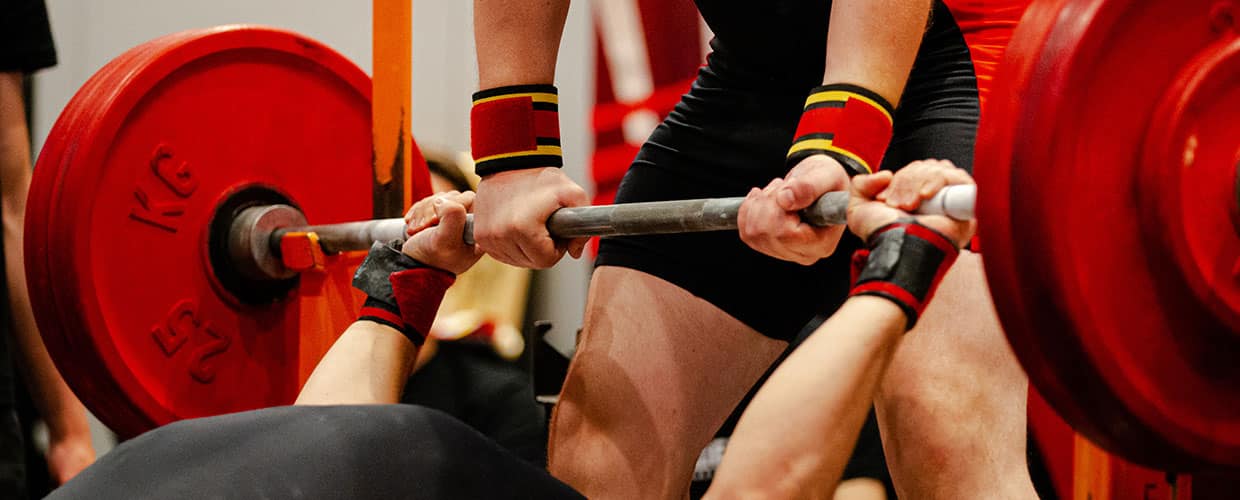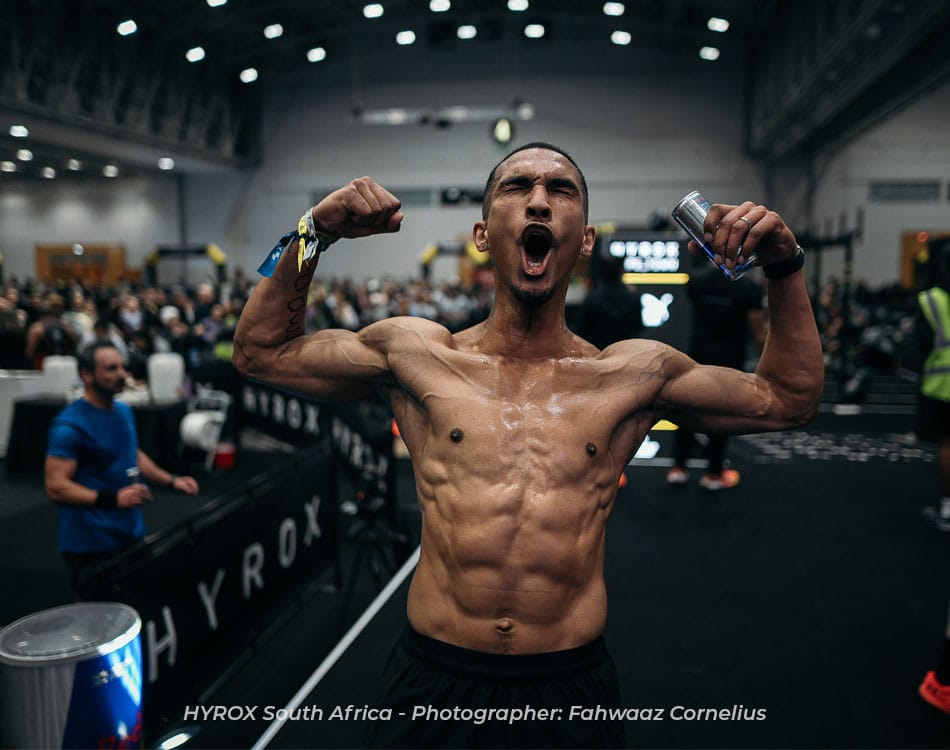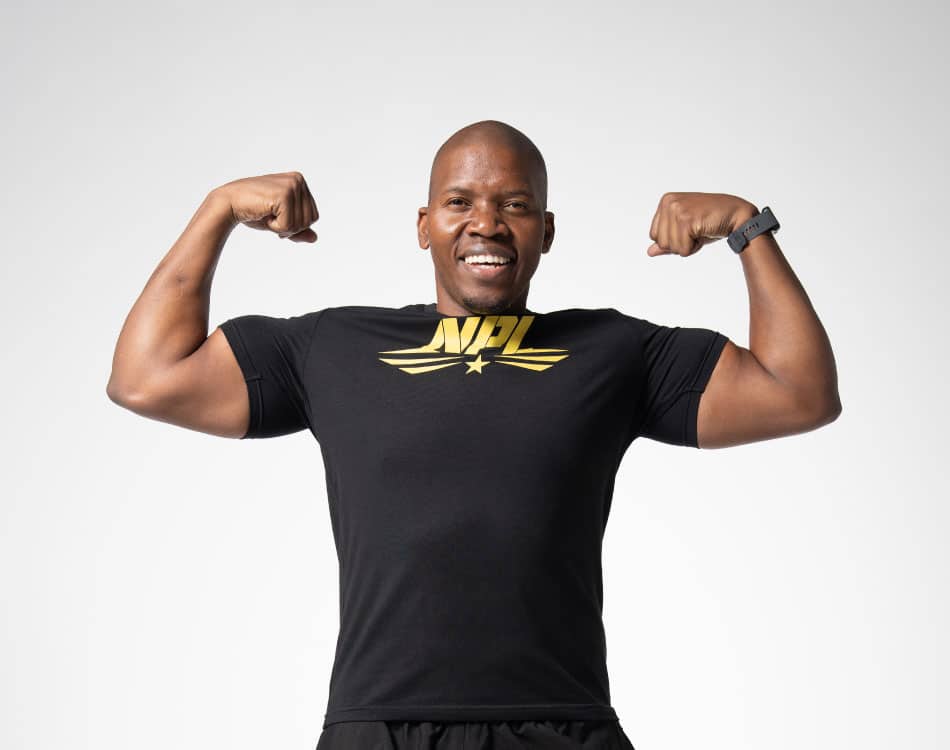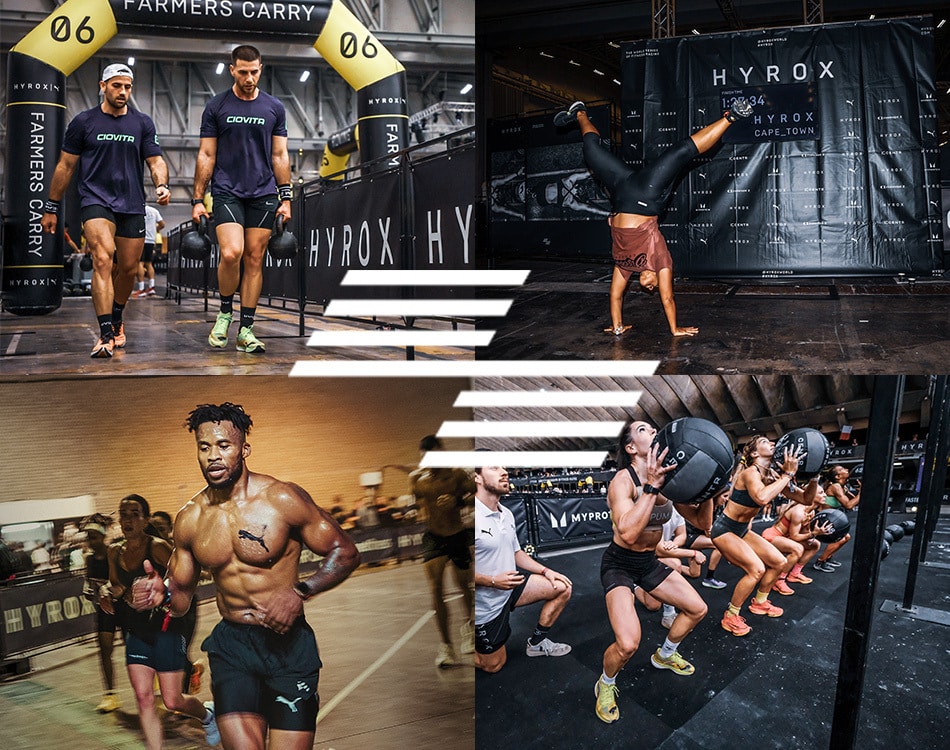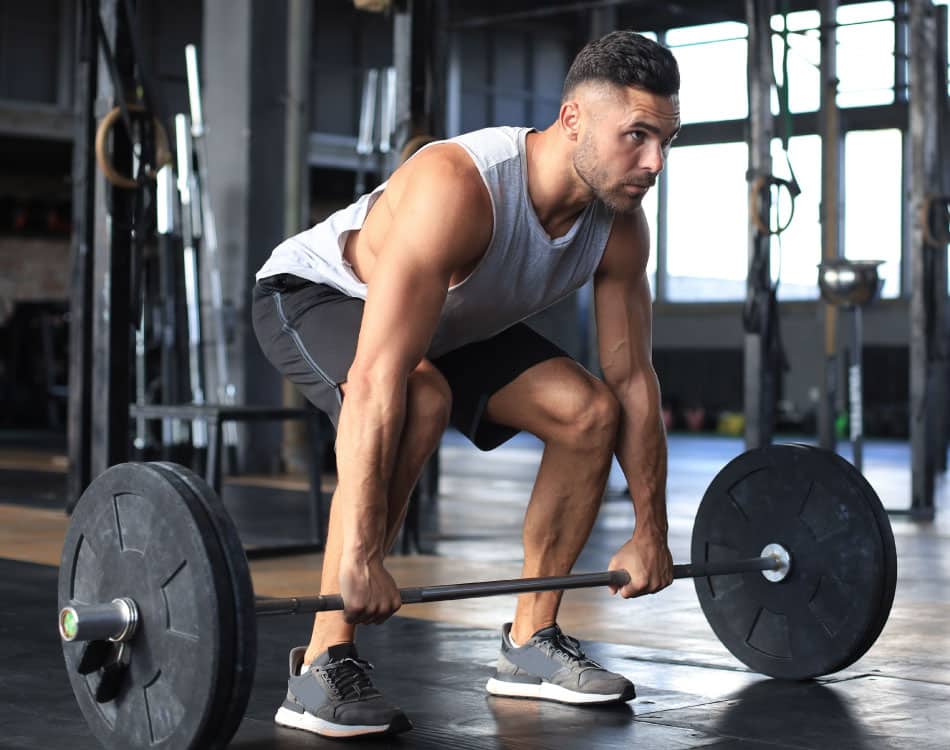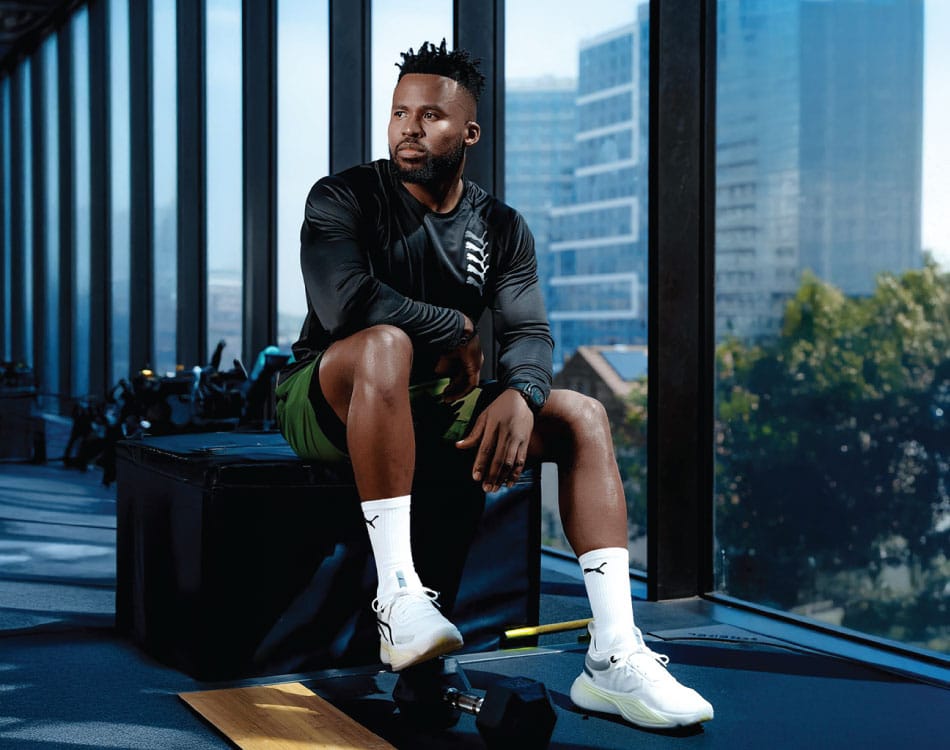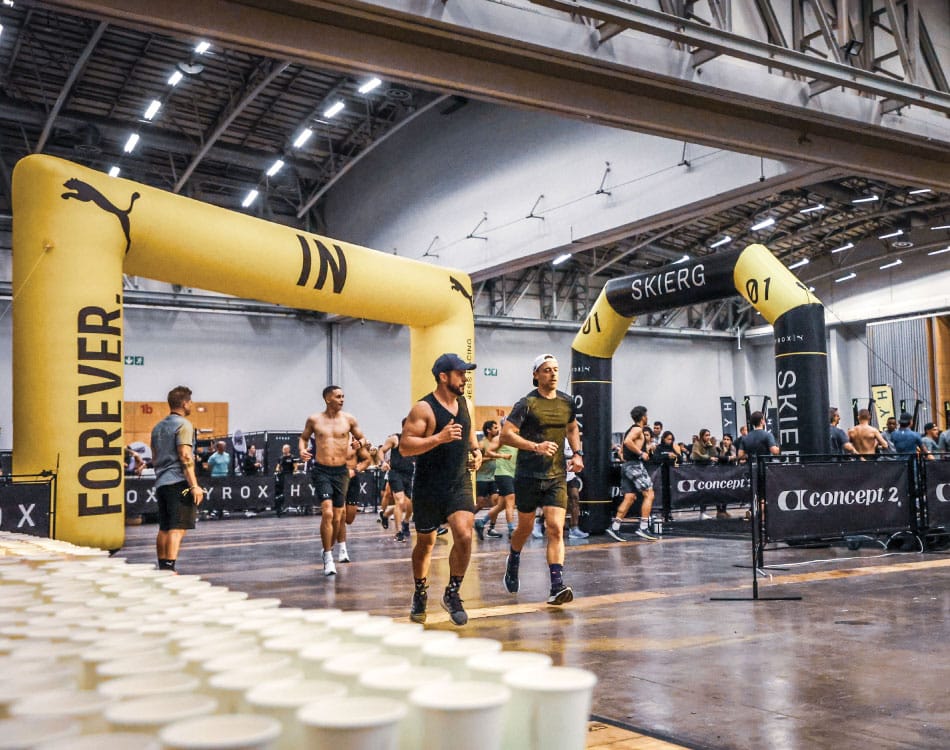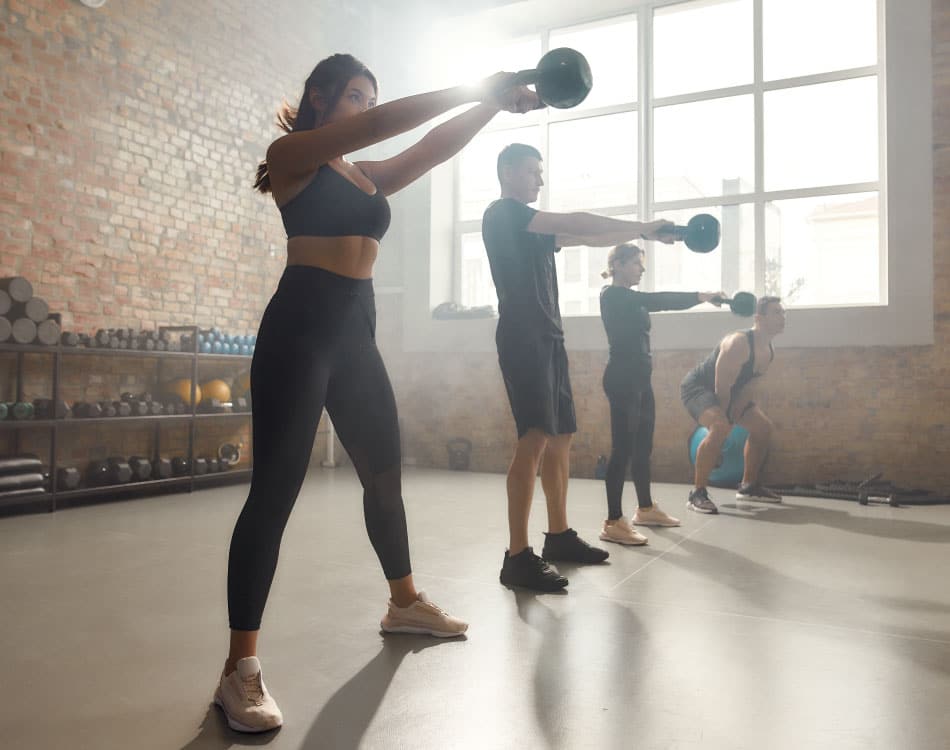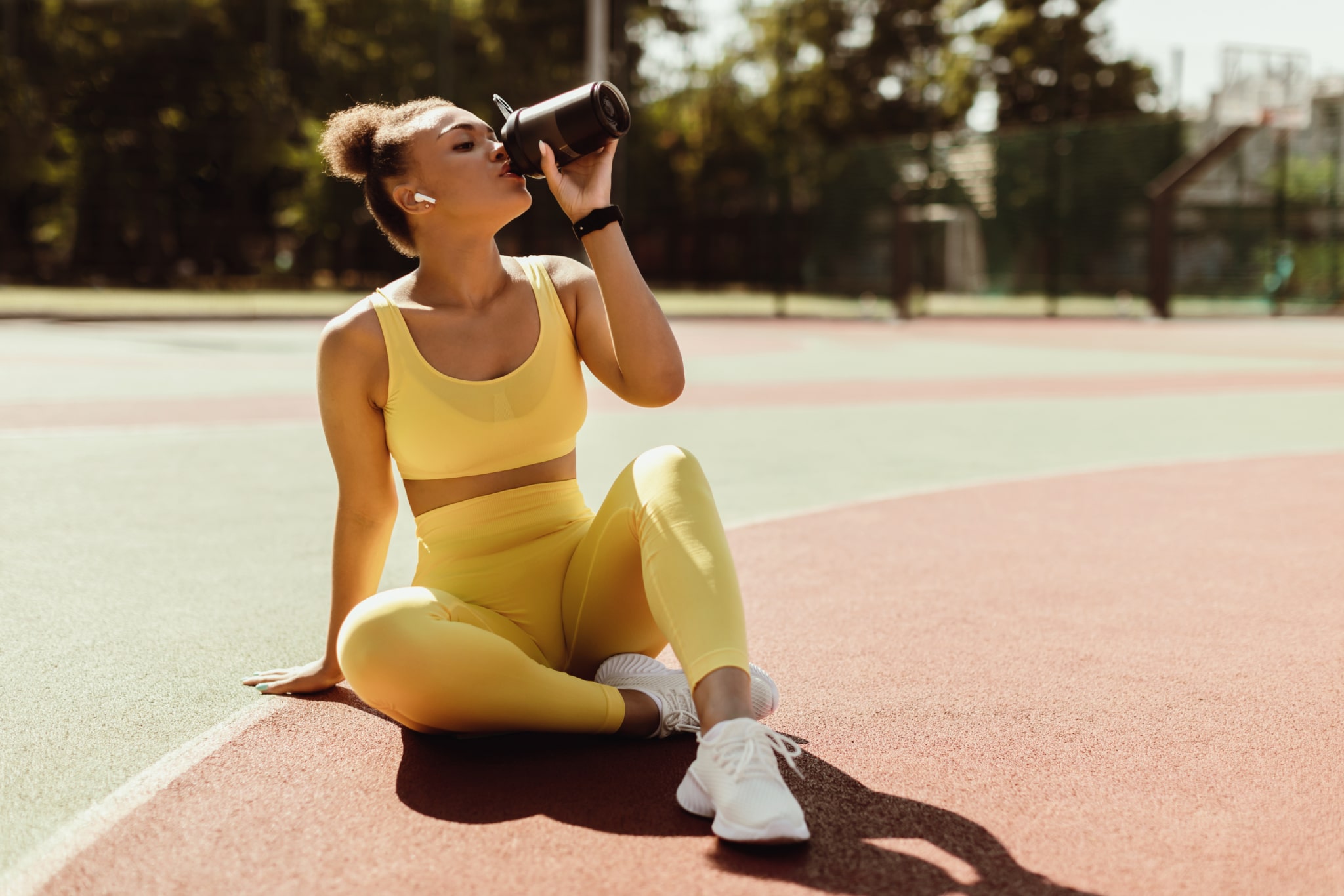A training partner isn’t there to simply keep you company at gym. Someone who knows the correct spotting techniques and can motivate you through your hardest reps can take your training to the next level.
This is important not only from a safety point of view but also to ensure you get the most benefit from every lift. Here’s how you can be the ultimate spotter in the gym…
Providing a safety net
A spotter provides physical support during weight training, particularly during heavy compound lifts like bench presses and squats. In these instances, a spotter serves primarily as a ‘safety net’ to lower the risk of serious injury.
However, a spotter also plays an important role in enabling a weight lifter to pull or push more weight than they could normally do on their own.
The spotting basics
The key to being a good spotter is to know when and how to intervene to assist with a lift. A spotter should offer just enough assistance to help the lifter push through the moment of inertia at the start of a lift or assist with pushing through muscle failure. This could require a simple nudge of the bar, or a long pull to help the lifting movement continue.
The point is to allow the lifter to do the work, so providing constant support and assistance throughout the lift is defeating the point.
Similarly, a good spotter will complement, not impede, a lifter’s natural style, allowing them to move the weight in their normal range of motion. Ensure that the movement is smooth and controlled and matches the lifter’s tempo.
Don’t guide or redirect the weight in a way that is unnatural for the person that you are spotting, unless their form or technique requires correction.
Obviously, if the lifter has reached a point of partial or complete failure, then a spotter needs to provide help to get the weight back up and securely rack it.
It is also vital to know your training partner’s objective or goal for that particular exercise. Know how many reps they intend doing, get an idea of the tempo and find out how they prefer to be spotted. This will ensure you know what is expected of you and that you don’t jump in halfway through the lift and interrupt their tempo.
Good communication throughout the exercise is also key, especially when you are removing the weight from the rack or handing off the weight. This is one of the key roles a spotter plays, as it ensures that the lifter is in position and comfortable before taking the full strain of the weight.
It’s important to determine how this will be done, like counting down from three. It is also important to find out what information they want during the lift, like rep count or how many reps remain so you can feed this back to him throughout the set.
Types of spotting
The greatest threat of injury is during maximal lifts performed lying on your back, like bench presses or dumbbell presses.
Obviously, the damage a bar or dumbbell can do to the head, face and neck is greatest during these lifts, which makes spotting essential, especially for very heavy lifts. Other key exercises where a spotter can be beneficial include the squat and overhead exercises, like shoulder presses and tricep extensions.
When it comes to spotting lifts where the bar is used it is advised to follow a technique known as ‘spotting the bar’. This means that the spotter will support the bar when required, using the most suitable grip.
Most benches in your local gym will have a stand positioned behind the rack to ensure the spotter has the leverage to support the bar should the lifter fail. The trick is to position yourself in a way that allows you to lift with proper form, should it be required. This means that the spotter should keep their back straight, knees slightly bent and grip the bar with an alternate or overhand grip.
When supporting a dumbbell lift many lifters have different preferences with regard to how they like to be ‘spotted’.
The safest technique that provides the best leverage is to support the lifter on the elbows, as this will allow the spotter to exert sufficient force to help push past partial failure and can also support all the weight in the case of a complete failure.
Gripping the dumbbell’s weight plates is another a common technique, but should only be done for lighter weights as the spotter would not be able to keep hold of the dumbbells in the case of a complete failure.
Called into action
Should a lifter experience complete failure, it’s important not to panic. It’s unlikely that your training partner will experience a complete loss of strength or control.
While it can happen, most lifters still have a strength reserve and the innate responses needed to avert serious catastrophe. In these instances, simply provide assistance to help lift the weight or bar and safely rack.
A training partner who spots a lift should also provide verbal encouragement to their training partner, to help them push through the mental point of failure. This is an important element of spotting.
Be sure you know how your partner likes to be spoken to and what information he wants to receive during the lift. This verbal encouragement should also include feedback on the lift, letting the lifter know that you only helped slightly or provides feedback to improve possible flaws in technique or form.
When to use spotting:
- Lifting weights close to your one-rep max.
- Testing your one-rep max.
- Doing drop sets.
- During strength training and muscle building compound movements.

